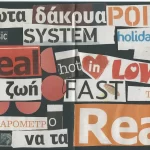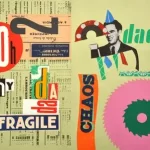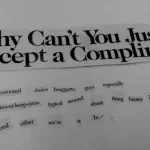Dada Poetry: An Artistic Rebellion
Dada poetry emerged as a revolutionary art movement in the early 20th century, prioritizing intuition, spontaneity, and irrationality.
Often hailed as one of the pioneering movements of its kind, Dadaism sought to shatter conventional norms and birth something entirely fresh and innovative.
The result? A wave of exhilarating and unconventional poetry that challenged the status quo.
In this article, we delve into the captivating history and development of Dadaism, offering insights into its essence.
We’ll also delve into how Dada poets responded to the tumultuous backdrop of World War I and showcase some renowned examples of Dada poetry that continue to captivate audiences today.
Table of Contents
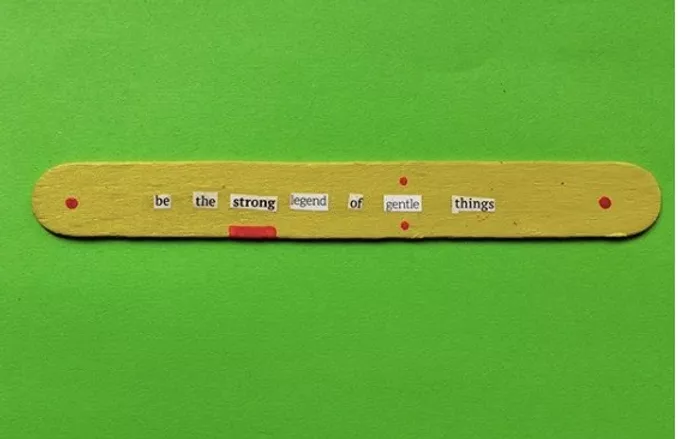
The Evolution of Dada Poetry
Dada poetry has undergone a remarkable evolution since its inception, moving beyond its original anti-war sentiment to become a global form of artistic expression.
While its roots may be somewhat obscured today, dadaism continues to influence artists around the world, from Montreal to Australia, and is even evident in street art.
Today, dada poetry serves a broader purpose, transcending its original agenda to become more of an aesthetic approach. It has moved beyond the confines of dadaism to become a versatile tool for self-expression.
You can find dadaist poetry adorning book covers and flourishing on social media platforms like Instagram, Twitter, and Tumblr. It has become a medium for expressing thoughts and feelings in a way that transcends traditional poetry, turning each piece into a unique work of art.
Contemporary dadaist poets often blend words from various languages, including German, French, Spanish, and Swedish, showcasing the fluidity of creativity while challenging traditional language boundaries.
Unlike its political roots, modern dada poetry is more focused on artistic expression. It serves as a means for artists to create without the constraints of conventional meaning or direction.
Each piece is imbued with the artist’s unique perspective and intention, often speaking volumes without uttering a single coherent word.
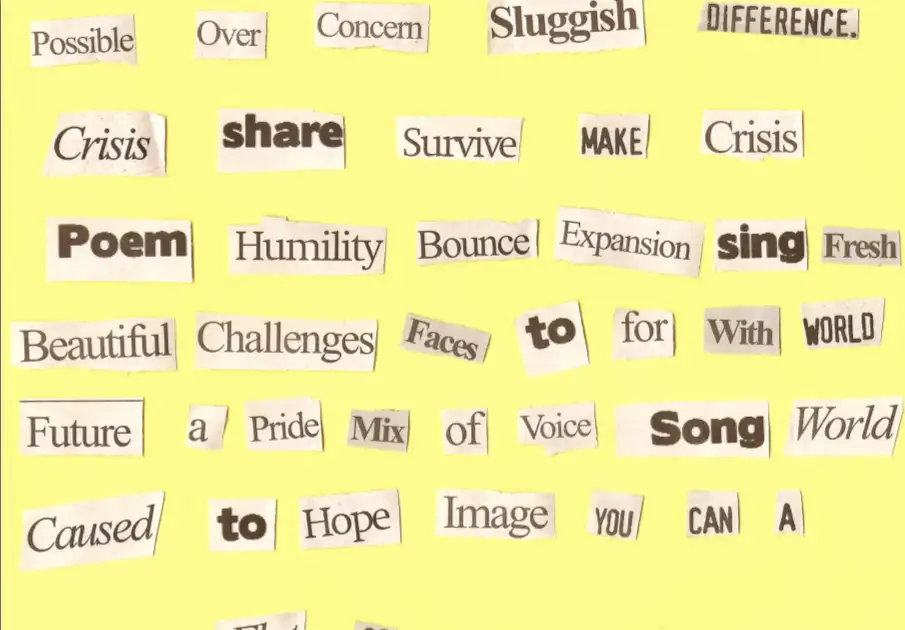
How To Make A Dada Poem
Crafting a dada poem is a liberating experience, offering boundless freedom in expression. One common approach is to start with a single word and let your imagination run wild.
For instance, take a mundane word like “bed” and transform it into something unexpected, like “bed beaming with brilliance at breakfast” or “mother laughing with a mouthful of muscle.”
The essence of dada poetry lies in its lack of a fixed goal or meaning. It’s about the process of creation rather than the final message. While you can infuse your poem with subtle meanings if you wish, the primary focus is on the act of creation itself.
The Tristan Tzara Method is a renowned technique for crafting dada poems. Begin by selecting a newspaper or magazine article, then cut out individual words with scissors.
Place these words into a bag and randomly draw one to serve as the foundation of your poem. For added flair, consider incorporating verbs or adjectives before the chosen word to enhance its impact. For example, “triumphant” could become “throwing triumphantly,” adding depth to your poem.
The Fathers of Dadaist Poetry
These individuals revolutionized poetry by challenging traditional norms and embracing absurdity, paving the way for a new form of artistic expression.
Hugo Ball, a German poet based in Switzerland, and his partner Emmy Hennings, pioneered the first Dada performance.
Their unconventional acts blended poetry with music and dance, emphasizing the use of words for their immediate impact rather than their conventional meanings.
Ball’s performances, often involving nonsensical rhymes and unconventional props like chocolate syrup, defied conventional artistic standards.
Jean Arp, a French writer and artist, joined the Dada movement in the early 1920s. Renowned for his “Randomly Rendered Trees,” Arp embraced chance methods in his work, cutting and rearranging paper collages to create art that appealed to intellect and emotion rather than traditional aesthetics. His approach challenged viewers to engage with art on a deeper, more intuitive level.
Hans Richter, known for his groundbreaking collage work, merged unrelated photographs to create new and thought-provoking pieces.
His art, such as “Piece with Red,” pushed boundaries and challenged viewers to reconsider their perceptions of art and reality.
Marcel Janco, a co-founder of the Dada movement in 1916, brought a fresh perspective to the art world with works like “The New Age.”
This painting depicted individuals wearing masks and engaging in various activities, inviting viewers to question societal norms and conventions.
Tristan Tzara, credited with coining the term “dada,” revolutionized poetry with his “DADA MANIFESTO.”
Tzara advocated for the destruction of traditional language and the creation of new, incomprehensible languages, encouraging individual interpretation and understanding.
Together, these pioneering poets shattered artistic conventions, redefining the boundaries of poetry and paving the way for future generations of artists to explore new and innovative forms of expression.
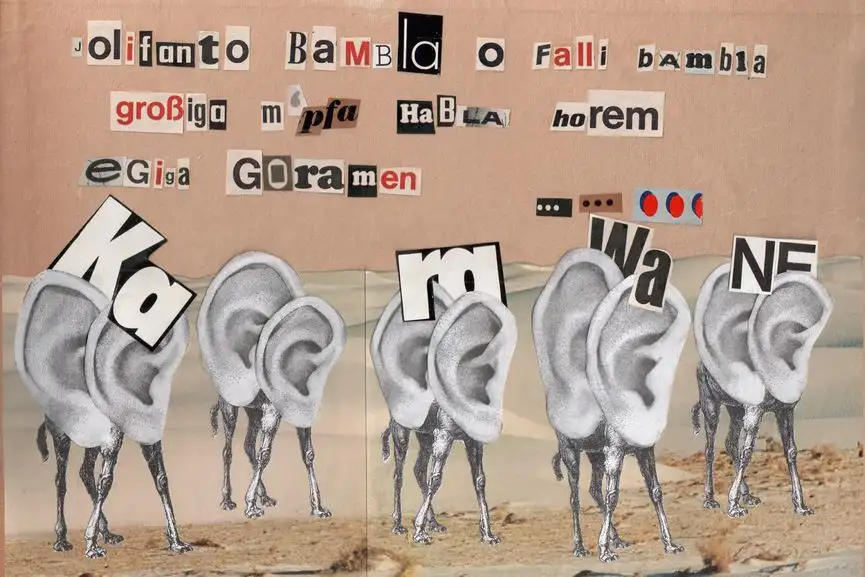
Conclusion
When you delve into dada art, you’ll find a myriad of meanings waiting to be discovered, each layer revealing a different perspective and insight.
Dadaism challenges traditional interpretations, inviting you to explore its depths and unravel its mysteries.
Interpreting dada poems is a personal journey, influenced by individual experiences and mental landscapes. Each person brings their unique lens, adding complexity and depth to their understanding of these works.
Despite its origins in the early 20th century, dada poetry resonates with modern audiences.
Its straightforwardness and refusal to adhere to conventions make it relatable and refreshing. It’s an exploration of language and expression, where creativity knows no bounds.
Dada poetry continues to inspire and provoke thought in the 21st century, reminding us of the power of art to challenge and transform.
Without this avant-garde movement, we would have missed out on the groundbreaking works of artists like Tristan Tzara, whose contributions continue to influence contemporary art and thought.
Images For Dada Poetry
